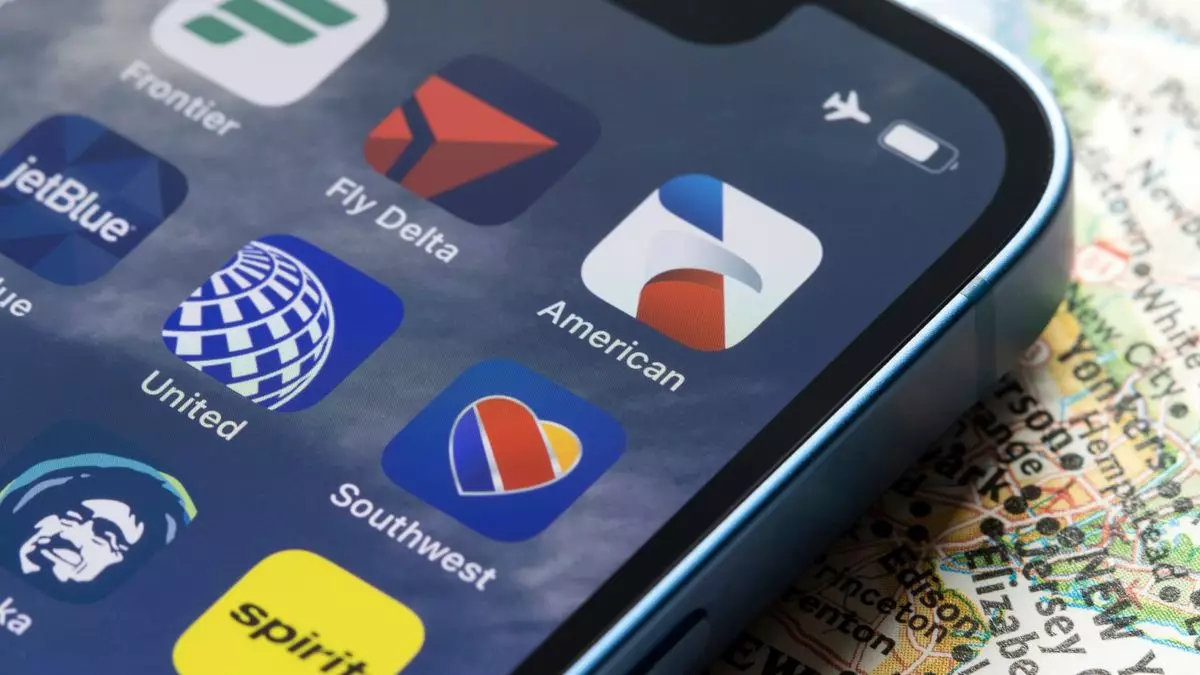The U.S. Department of Transportation (DOT) has launched an inquiry into the loyalty programs of major airlines, including American Airlines, Delta Air Lines, Southwest Airlines, and United Airlines. The initiative aims to investigate potential unfair and anticompetitive practices associated with these loyalty schemes, which have gained considerable traction in recent years. According to DOT Secretary Pete Buttigieg, these programs have not only become integral to airline business models but have also emerged as significant financial assets for consumers. The implications of this inquiry extend beyond mere policy enforcement; they address fundamental issues of consumer trust, market competition, and the economic ramifications of loyalty rewards in the airline industry.
The inquiry follows a joint hearing by the DOT and the Consumer Financial Protection Bureau (CFPB) that scrutinized the transparency and fairness of airline reward programs. Issues raised included hidden fees, abrupt devaluation of loyalty points, and the perceived monopolistic practices employed by larger carriers to retain customer loyalty. This investigation is especially relevant as consumer engagement with airline credit cards and loyalty programs has reached an all-time high following the pandemic’s effect on travel, highlighting a vital sector of the economy that necessitates oversight.
The growing popularity of airline loyalty programs is underscored by statistics indicating nearly 30 million credit card holders linked to the airline industry—equating to roughly one in four households in the U.S. One of the most prominent players, Delta, has reported immense revenue generation from partnerships with credit card companies, forecasting future growth that highlights the financial significance of such alliances within the airline industry. This economic backdrop complicates the inquiry, as it raises questions about the sustainability of competition in an environment dominated by major airlines.
Moreover, loyalty programs can inadvertently create barriers to entry for smaller competitors. During the recent inquiry, representatives from smaller airlines expressed concerns that larger carriers leverage their loyalty schemes to stifle competition, effectively coercing customers into remaining “captive” due to the benefits associated with accrued points and rewards. This monopolistic dynamic is problematic, as it curtails consumer choice and innovation within the aviation sector.
In response to the inquiry, the airlines have taken a defensive stance. The Airlines for America (A4A), the trade group representing the nation’s major airlines, argued that the competition in the industry ensures that loyalty programs are a way to reward customers, portraying them as beneficial rather than detrimental. Statements from Southwest and Delta emphasize their commitment to customer satisfaction, underscoring the flexible nature of their loyalty programs and asserting that these arrangements foster customer loyalty and enhance travel experiences.
However, these assertions may mask a more complicated reality for consumers. The value proposition of loyalty programs can diminish substantially when evaluating the devaluation of points and rewards. For instance, a report from IdeaWorks revealed a significant increase in the average price of airline tickets purchased with points, well above the rate of inflation over recent years. Such findings create a disparity between the perceived worth of loyalty points and their actual purchasing power, complicating the narrative that these programs are entirely beneficial for consumers.
The inquiry by the DOT extends beyond consumer protection to explore the underlying economic dynamics that govern these loyalty schemes. By requiring airlines to disclose the devaluations of earned points over the past six years, the DOT aims to shine a light on the practices that inform its decision-making processes as well as the methodologies behind dynamic pricing strategies for reward redemptions. This scrutiny is pertinent given that recent analyses indicate varying practices across airlines in how rewards are priced and valued.
As the DOT leans into this investigation, it grapples with balancing the interests of consumers with the operational realities of airlines that depend on these loyalty programs for competitive advantage. Requiring documentation illustrating the impact of these policies and how they relate to consumer satisfaction and market competition may unearth practices that need adjustment or reform.
The inquiry into airline loyalty programs by the DOT serves as a crucial examination of an influential facet of the airline industry. As loyalty programs evolve and their economic footprints expand, so too does the responsibility of governing bodies to ensure that these systems operate fairly and transparently. The outcome of this investigation could redefine how airlines engage with consumers and shape the competitive landscape within the aviation sector. As the DOT navigates this complex terrain, both consumers and industry players will keenly watch the developments, hoping for a framework that balances profitability with fairness and transparency.


Leave a Reply